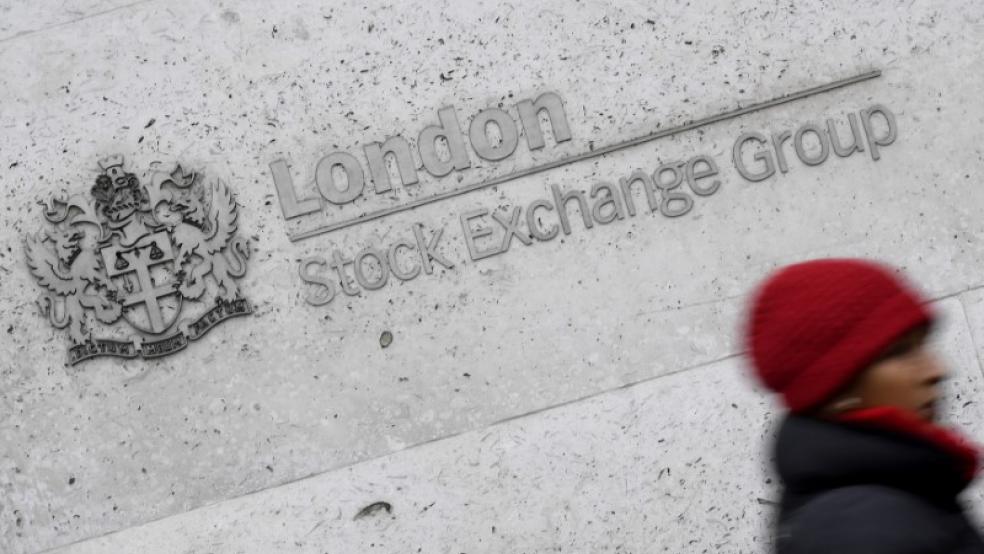NEW YORK (Reuters) - The dollar tumbled on Tuesday, headed for its worst start to a year in three decades, while stocks dipped as U.S. President Donald Trump added uncertainty to the market following stringent curbs on travel to the United States from seven Muslim-majority countries.
Comments from Trump's top trade adviser, Peter Navarro, that Germany was using a "grossly undervalued" euro to gain advantage over the United States knocked the dollar in early North American trading.Trump followed up on those comments in a meeting with the chief executives of several top drugmakers, during which he said drug companies had outsourced production because of currency devaluation by other countries.That dragged the dollar index <.dxy>, which tracks the greenback against six rival currencies, to its lowest since Dec. 8. The index is down about 2.6 percent for the month, its worst January since 1987."You don't talk about levels, don't really talk about valuation and you certainly don't talk about other people's currencies," said Greg Anderson, Global head of FX strategy for BMO Capital Markets in New York. "This hasn't been done before. It's maybe a little unsettling for the market."Investors' hopes for a fiscal boost to the world's largest economy under Trump have been tempered by controversial and protectionist policies that have seen him suspend travel to the United States from seven Muslim-majority countries.The selling on Wall Street comes a day after U.S. stocks recorded their worst day of 2017.U.S. stocks are "pulling back on the building trepidation that maybe we're going to see not just a renegotiation of trade agreements but maybe an all-out trade war, which is something the market doesn't want at all," said Quincy Krosby, market strategist at Prudential Financial in Newark, New Jersey.The Dow Jones Industrial Average <.dji> fell 107.04 points, or 0.54 percent, to close at 19,864.09, the S&P 500 <.spx> lost 2.03 points, or 0.09 percent, to 2,278.87 and the Nasdaq Composite <.ixic> added 1.07 points, or 0.02 percent, to 5,614.79.Despite Tuesday's overall poor showing, a gauge of equity markets around the globe was set to move higher in January for its third straight month of gains, supported by signs of accelerating momentum in the global economy.MSCI's ex-Japan Asian shares index <.miapj0000pus> rose 6 percent this month while its emerging markets index added 5.4 percent, despite falling on Monday.MSCI's index of the world's top 46 stock markets <.miwd00000pus> gained 2.65 percent, despite edging down Tuesday and suffering its largest loss in six weeks on Monday.The pan-European STOXX 600 index <.stoxx> fell 0.67 percent, adding to big losses on Monday to hit a one-week low. The STOXX 600 ended January down 0.4 percent, as expectations of major fiscal policy overhauls faded, overshadowed by Trump's controversial and protectionist policies. Japan's Nikkei <.n225> dropped 1.7 percent, its biggest fall in almost three months. It was down 0.4 percent for January. U.S. Treasury yieldsTrump concerns sink dollar to 2017 lows, weigh stocks

Toby Melville



